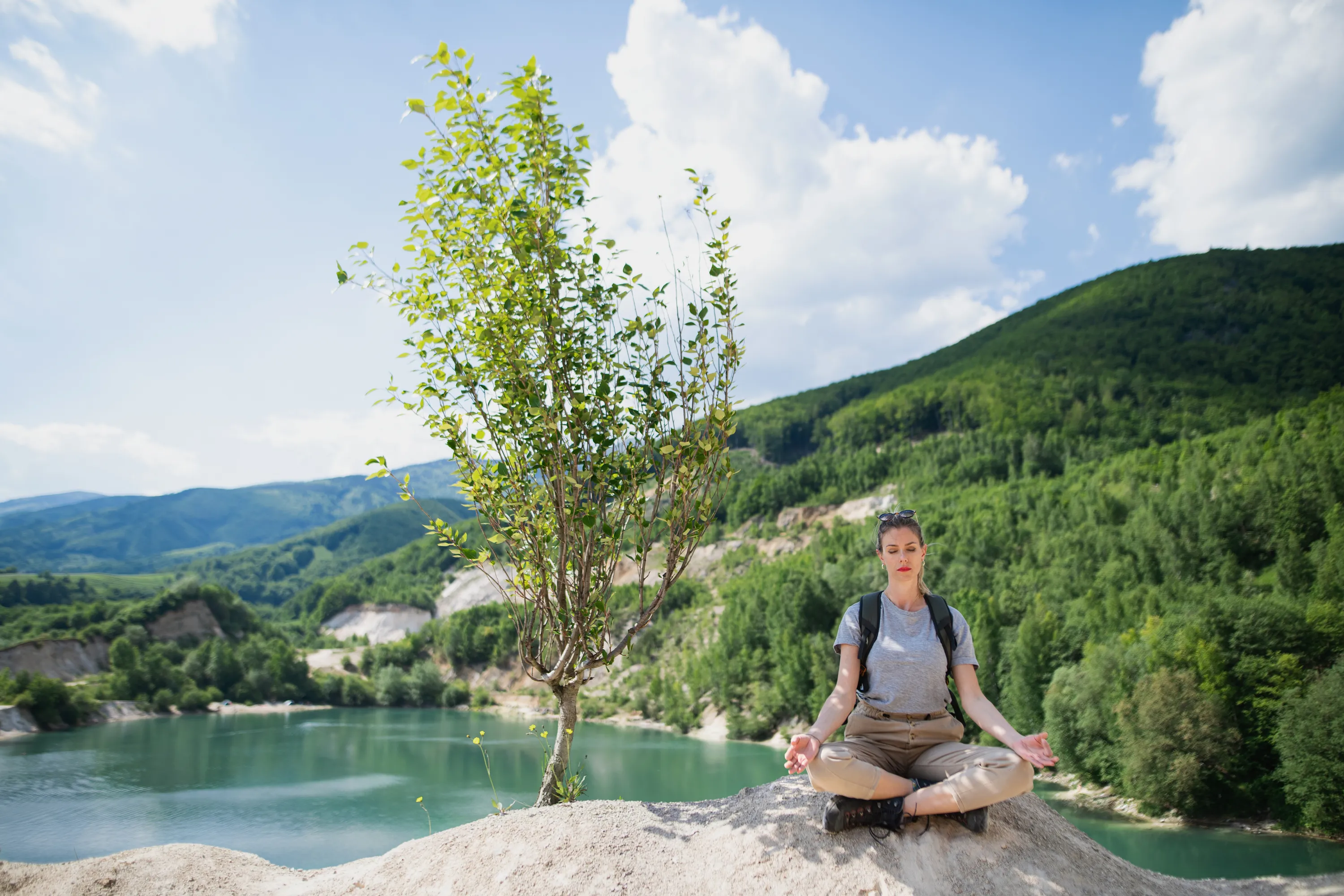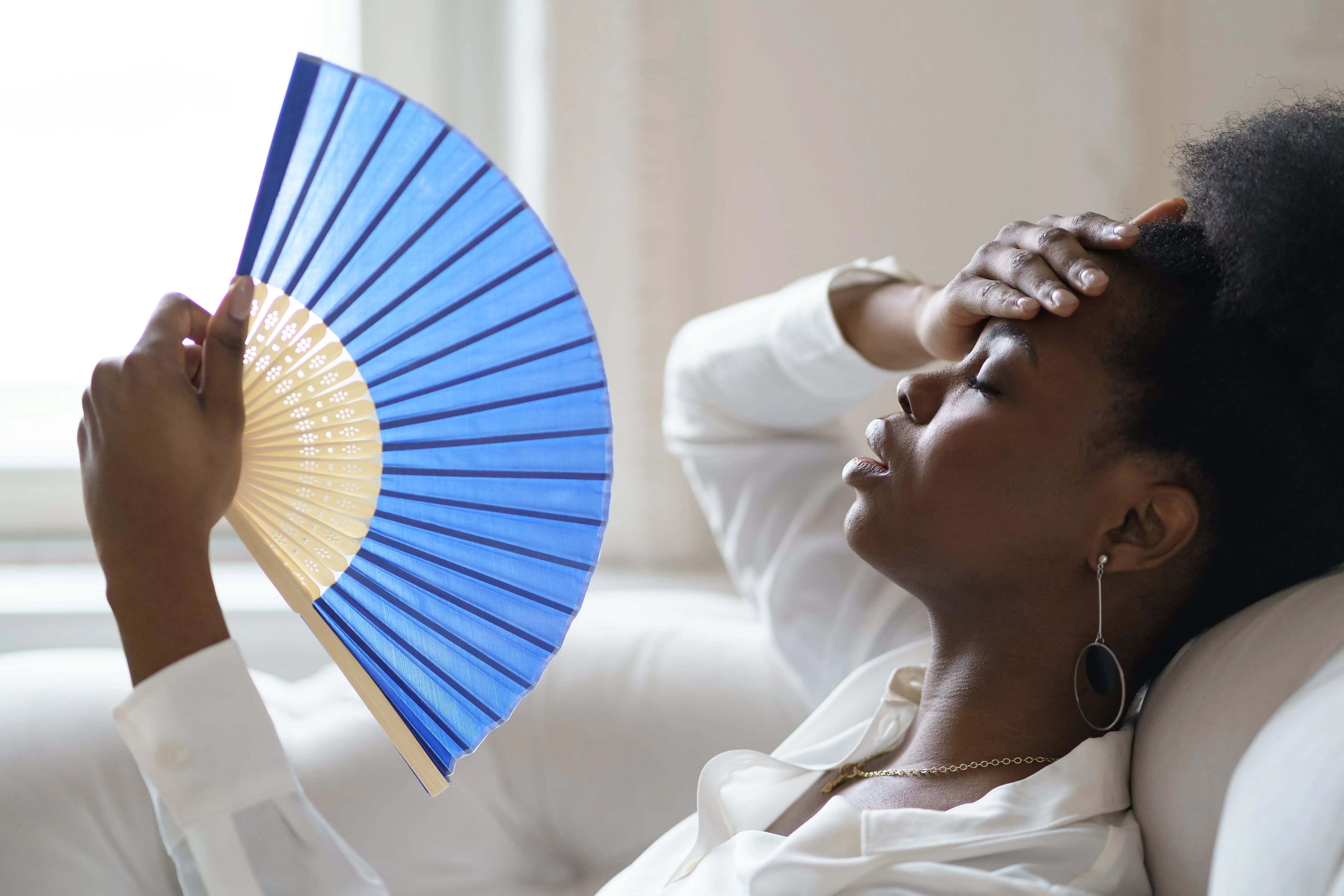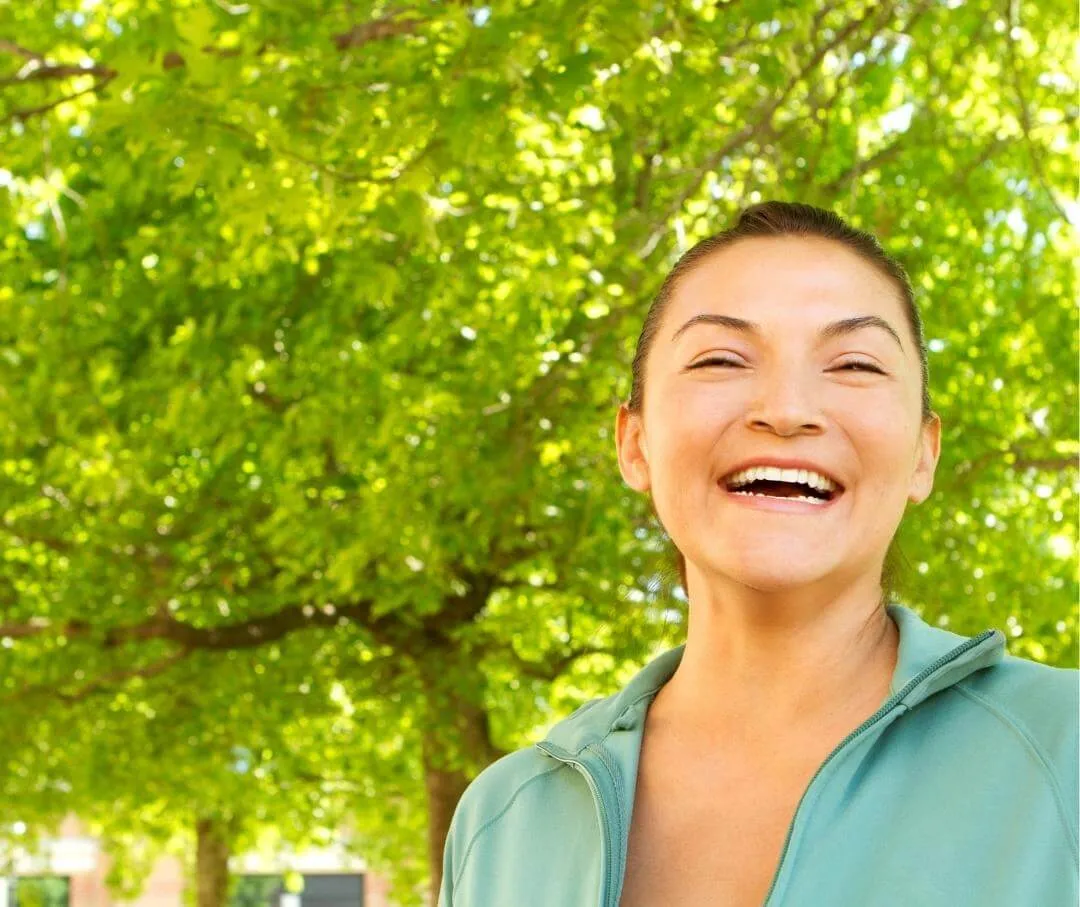Key Takeaways
- Plan by packing healthy snacks, scoping out dining options, and scheduling exercise to stay consistent with your health goals.
- Stay hydrated, get enough sleep, and manage stress to support your immune system and prevent travel-related burnout.
- Incorporate movement naturally through walking tours, active recreation, or short hotel workouts, no gym required.
{{mid-cta}}
Traveling is a great way to see the world, experience new cultures, and try activities you’ve never done before. It can break up the monotony of daily life and provide inspiration. On the other hand, the excitement and spontaneity that come with traveling can make it particularly challenging to stay on track with your health routine. You’re on the move, away from familiar foods and your regular exercise regimen, and suddenly it feels like your balanced diet and workouts have taken a back seat.
The good news is, with a bit of strategy, you can keep striving toward your health goals without missing out on all the adventures traveling has to offer. From smart meal planning to sneaking in activity, and staying refreshed, here’s your ultimate guide to thriving while you’re on the road.
Plan Ahead for Success

Preparation is your secret weapon. Before you set off, make sure to do the following:
- Scout healthy dining options: Use apps or websites to find restaurants that offer salads, grilled or steamed options, and balanced plates.
- Pack smart snacks: Bring portable staples like nuts, high-fiber crackers, or low-sugar protein bars.
- Pre-plan exercise: Utilize hotel amenities like gyms and fitness classes, or plan a brisk walk around the landmarks in your new destination. Add these to your calendar and treat them like any other appointment.
- Workout like a local: Look for nearby fitness classes. Don't be afraid to step out of your comfort zone and try something new.
- Cook if you can: Most hotels have kitchenettes, which give you more control over your meals. Look up nearby grocery stores or farmers' markets. Grabbing groceries and making some of your favorites will help you cut back on spending and calories.
Maintain a Balanced Diet on the Road
When traveling, it’s easy to give in to high-carb, high-fat meals. Here's how to stay on track:
- Choose grilled, not fried: Opt for lean proteins, such as grilled chicken, fish, or tofu.
- Load up on veggies and low-sugar fruits: Opt for salads at lunch and always start dinner with a simple side salad or veggie appetizer. The added fiber will keep you full, regulate bowel movements, and help stabilize blood sugar levels.
- Practice portion control: Keep in mind that most restaurants serve meals that are way bigger than standard serving sizes. Share entrees with your spouse or friend, and don’t be afraid to ask for a to-go bag.
- Avoid all-you-can-eat traps: Buffets may be good for your wallet, but they are bad news for your waistline. Avoid overeating by going for à la carte whenever possible.
- Stick to regular meal times: Eating meals at your usual times helps regulate your appetite and blood sugar levels.
Incorporate Physical Activity into Your Itinerary

Exercise shouldn’t wait until you’re home. Here are easy ways to stay active while you’re on the road:
- Explore on foot: Swap Ubers and taxis for walking tours or bike rentals. Remember: every step counts!
- Fit in hotel workouts: Even if your hotel doesn't have a gym, ten minutes of bodyweight exercises or yoga in your room goes a long way.
- Use fitness apps: Guided routines for stretching, core training, or HIIT can be done anywhere and usually don’t require equipment.
- Choose active activities: Swimming, hiking, or dancing can be both fun and effective forms of exercise.
- Take the stairs: Choosing the stairs instead of the elevator is a simple but impactful way to stay active without any extra equipment. Bonus points if you’ve got luggage or are on a higher floor!
Prioritize Rest and Recovery
Travel (especially if you’re changing time zones) can disrupt your normal sleep cycle. Prioritizing rest can make or break your wellness goals. Here are our top tips for getting some R&R while you’re away:
- Combat jet lag: If crossing time zones, light exposure is key. Adjust to the new daylight schedule as soon as possible by getting natural light exposure first thing in the morning.1
- Create a sleep-friendly space: Keep the room cool, dark, and remove digital distractions like phones and tablets before bed.
- Use mindfulness and supplementation wisely: Brief meditations can calm the mind and have been shown to improve sleep quality.2 Magnesium supplementation is associated with higher quality sleep and better overall moods; best of all, these supplements are widely available and inexpensive.3
- Stick to a routine: Try to go to sleep and wake up around the same time each day, even on vacation.
- Limit caffeine and alcohol: Both of these can interfere with deep, restorative sleep.4
Stay Hydrated and Manage Stress

Hydration and mindfulness are travel essentials. Follow these tips to feel your best:
- Drink plenty of water: Flying can cause fluid shifts in the body, which increases the risk of dehydration.5 Make a point to stay hydrated with water and zero-sugar electrolyte drinks
- BYOB: Bring your own water bottle, that is! Skip the plastic and use a stainless steel refillable water bottle (many airports provide filtered water stations).
- Use deep breathing or mindfulness apps: Even just a few minutes of belly breathing or guided meditation can help ease stress and support immune function.
- Limit sugary drinks: Sugar can promote dehydration by raising blood glucose levels and causing the kidneys to produce more urine. Dehydration is associated with irritability, so it’s a lose-lose situation. Stick with water or unsweetened beverages to stay hydrated and maintain your energy levels.
- Practice gratitude or journaling: Reflecting on the highlights of your trip is a great way to lower stress and boost your mood.
The Bottom Line
With a little planning, a few easy swaps, and focusing on movement, you can stay on track with your health goals, even when you’re on the road. Prioritize balanced meals, hydration, sleep, and activity, and treat your travel time as part of your wellness journey, not a detour from it. By incorporating these healthy habits, you’ll stay strong, energized, and present wherever you are.
Topics discussed in this article:
References
- Choy M, Salbu RL. Jet lag: current and potential therapies. P T. 2011;36(4):221-231.
- https://www.sciencedirect.com/science/article/pii/S096522992100008X
- https://esmed.org/MRA/mra/article/view/5410
- Patel SR, Hu FB. Short sleep duration and weight gain: a systematic review. Obesity (Silver Spring). 2008;16(3):643-653. doi:10.1038/oby.2007.118
- Zubac D, Buoite Stella A, Morrison SA. Up in the Air: Evidence of Dehydration Risk and Long-Haul Flight on Athletic Performance. Nutrients. 2020;12(9):2574. Published 2020 Aug 25. doi:10.3390/nu12092574




.svg)



.webp)



.webp)


.svg)
.svg)
.svg)
.svg)
.svg)
.svg)
.svg)
